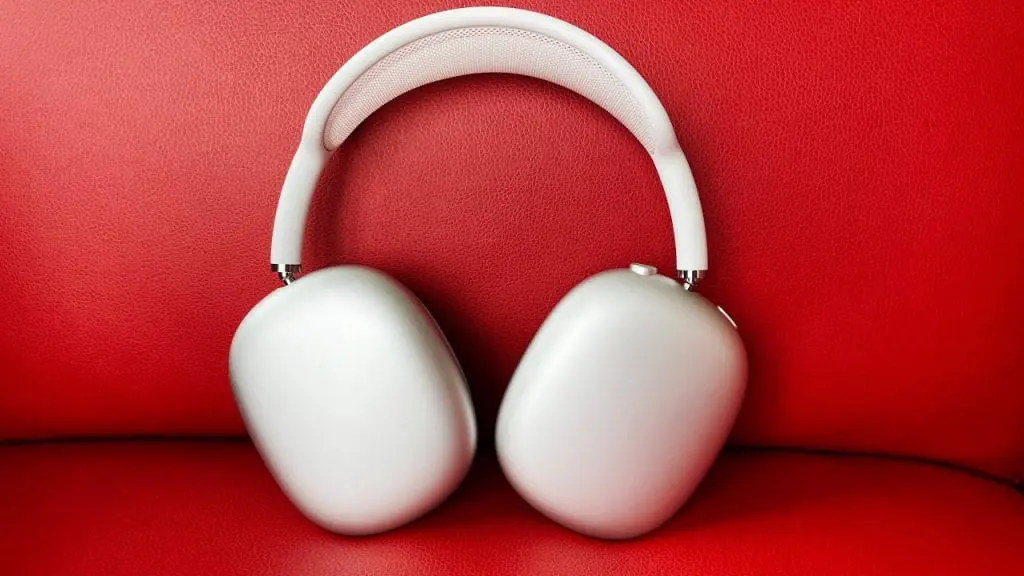It has long been anticipated that Vision Pro was simply Apple’s entry into the AR/VR headset market, with expectations for a more affordable Apple Vision device to follow. However, reports regarding its launch timeline have been inconsistent thus far.
Various sources have suggested that the non-Pro Apple Vision headset could debut in 2025, 2026, or even 2027, with the most recent updates indicating that Apple is intensifying its development efforts.
Timelines for the Lower-Priced Apple Vision
Recently, in October of the previous year, Bloomberg reported that progress on the device was on schedule, with a potential launch as soon as 2025. However, Mark Gurman’s characteristic language permits a wide interpretation; any year post-2025 would technically meet the criteria.
Shortly afterwards, Ming-Chi Kuo expressed a differing viewpoint, suggesting that Apple was focusing on an updated Vision Pro model, pushing the lower-cost variant’s timeline to 2027.
Just yesterday, Gurman contradicted both Kuo and his previous forecast, stating that there are currently no indications of an updated Vision Pro being developed, and that a more budget-friendly headset probably won’t appear until 2026.
Anticipated Features of the Non-Pro Apple Vision
Apple must navigate carefully when launching a lower-cost model. On one hand, it needs to set a price point that is accessible for consumers beyond a niche market of early adopters. On the other hand, it cannot strip away too many elements that make the Apple Vision line preferable over existing competitors, such as Meta’s Quest headsets.
Elimination of EyeSight Feature
EyeSight was a prominent feature of the Vision Pro, touted by Apple for its practical use in user awareness and for the psychological benefit of reducing user isolation.
Nonetheless, this feature is costly due to necessitating an extra display, and user feedback suggests it does not provide substantial value. Many users have felt that its performance hasn’t matched the promotional claims, a sentiment I found echoed in my own experiences.
For these reasons, it’s safe to conclude that EyeSight will likely be omitted in the lower-priced model.
Assured Lower-Resolution Displays
A major advantage of Vision Pro over less expensive alternatives is its high-quality displays, utilizing OLED technology known as OLEDoS, or OLED on Silicon.
Unlike conventional OLED displays that use glass substrates, OLEDoS displays are mounted directly onto silicon which contains pixel drivers, allowing for incredibly dense pixels and supporting high refresh rates essential to minimize motion blur.
The Vision Pro features OLEDoS displays with a resolution of 3,660×3,200 pixels per eye, delivering incredibly lifelike visuals. However, manufacturing these displays is both intricate and costly. Currently, only Sony is capable of producing OLEDoS displays at this resolution, with an annual output limited to approximately 1 million units.
Apple is likely to maintain OLEDoS technology for an affordable product to ensure low latency but will likely reduce the resolution making them more financially feasible and allowing manufacturers to meet necessary production yields.
Reports indicate that Apple has been sourcing samples of lower-resolution OLEDoS displays from JDI and Samsung, targeting resolutions in the 1,500 to 1,700ppi range, which might also lead to a narrower field of view to maintain image realism.
More Plastic, Less Aluminum
The Vision Pro incorporates a substantial amount of aluminum, contributing to its premium feel but also its production costs.
Moreover, although aluminum is relatively lightweight, it remains heavier than plastic, which is partly why users find it uncomfortable for extended wear.
For these two reasons, we can expect a lower-cost model to likely feature predominantly plastic materials in its construction.
Potential iPhone Tethering – But Unlikely
While I would bet on the above predictions, one that remains uncertain is the possibility of Apple requiring the headset to tether to an iPhone. This would offload some processing power, thereby decreasing the headset’s manufacturing costs.
Bloomberg’s Mark Gurman mentioned last summer that Apple is “considering” this option, but there have been no further updates since then.
This would constitute a significant change, especially since the device already requires a tethered battery, and an iPhone likely would not supply sufficient power. The concept of double-tethering seems cumbersome, so for now, I will categorize this as ‘possible but unlikely.’
Estimated Pricing Between $1500 and $2000
One major point of criticism for the Vision Pro has been its hefty price tag, exceeding $3,400. Even CEO Tim Cook acknowledges that this positions it as a niche product.
“At $3,500, it’s not a mass-market product,” Cook notes. “Right now, it’s an early-adopter product. It caters to people who wish to embrace tomorrow’s technology today.”
Many experts propose that for the product to gain a wider audience, Apple should aim for a price around $1,500, while others argue that securing a price point of $1,000 is crucial.
This was my own perspective until I experienced the headset firsthand, leading me to think that if Apple solves the problem of all-day comfort (which is a significant challenge), I might consider purchasing it at a $2,000 price point.
Currently, estimates suggest a price range between $1,500 and $2,000.
Would You Consider Buying This?
Assuming we set aside the topic of iPhone tethering and envision it functioning as a standalone device, let’s also take an average of the predicted price range and consider $1,750 as the target.
With the absence of EyeSight, a lower-resolution (yet OLEDoS) display, and a plastic shell – would you be inclined to purchase one? We invite you to participate in our poll and share your opinions in the comments.
Photo by Bram Van Oost on Unsplash
: . More.



